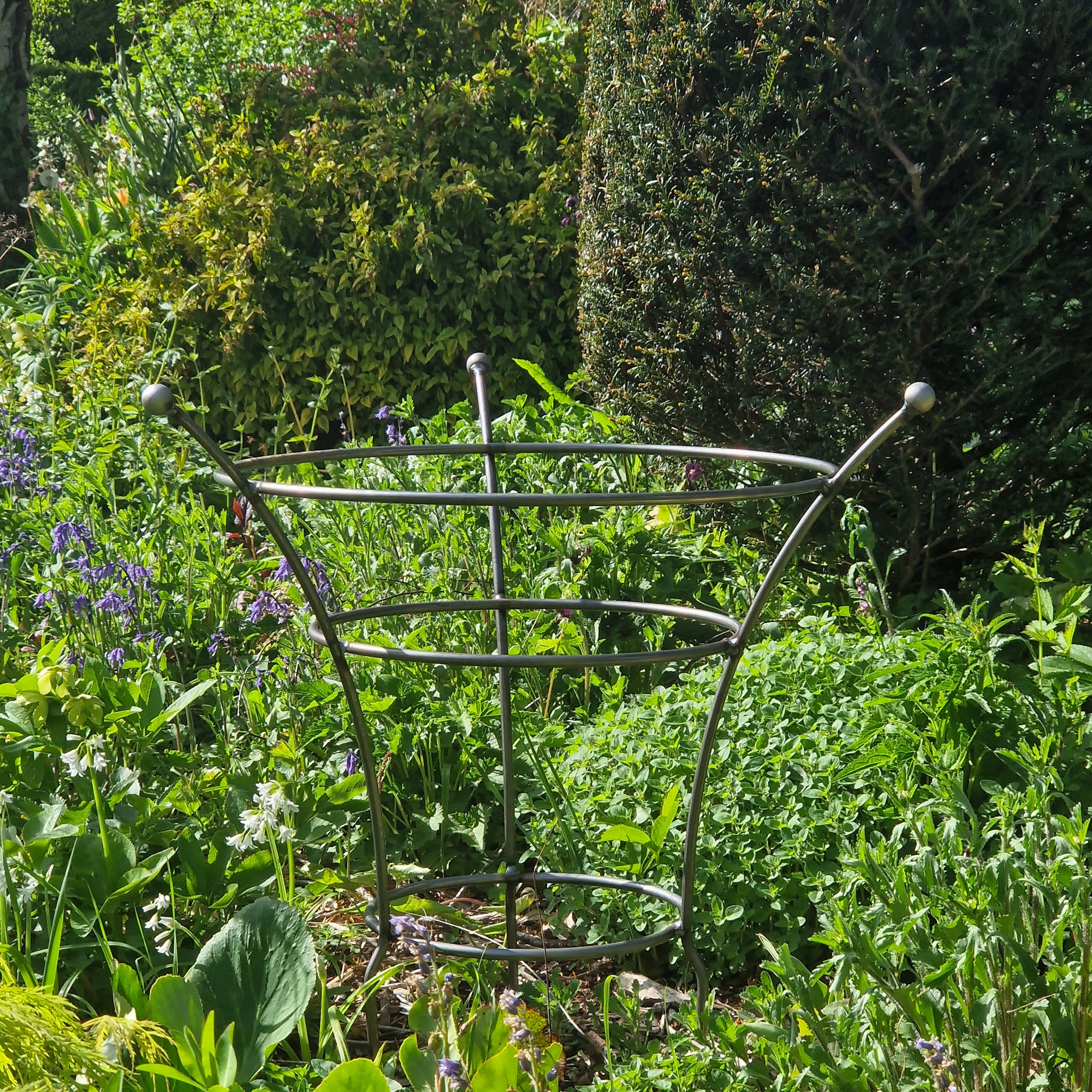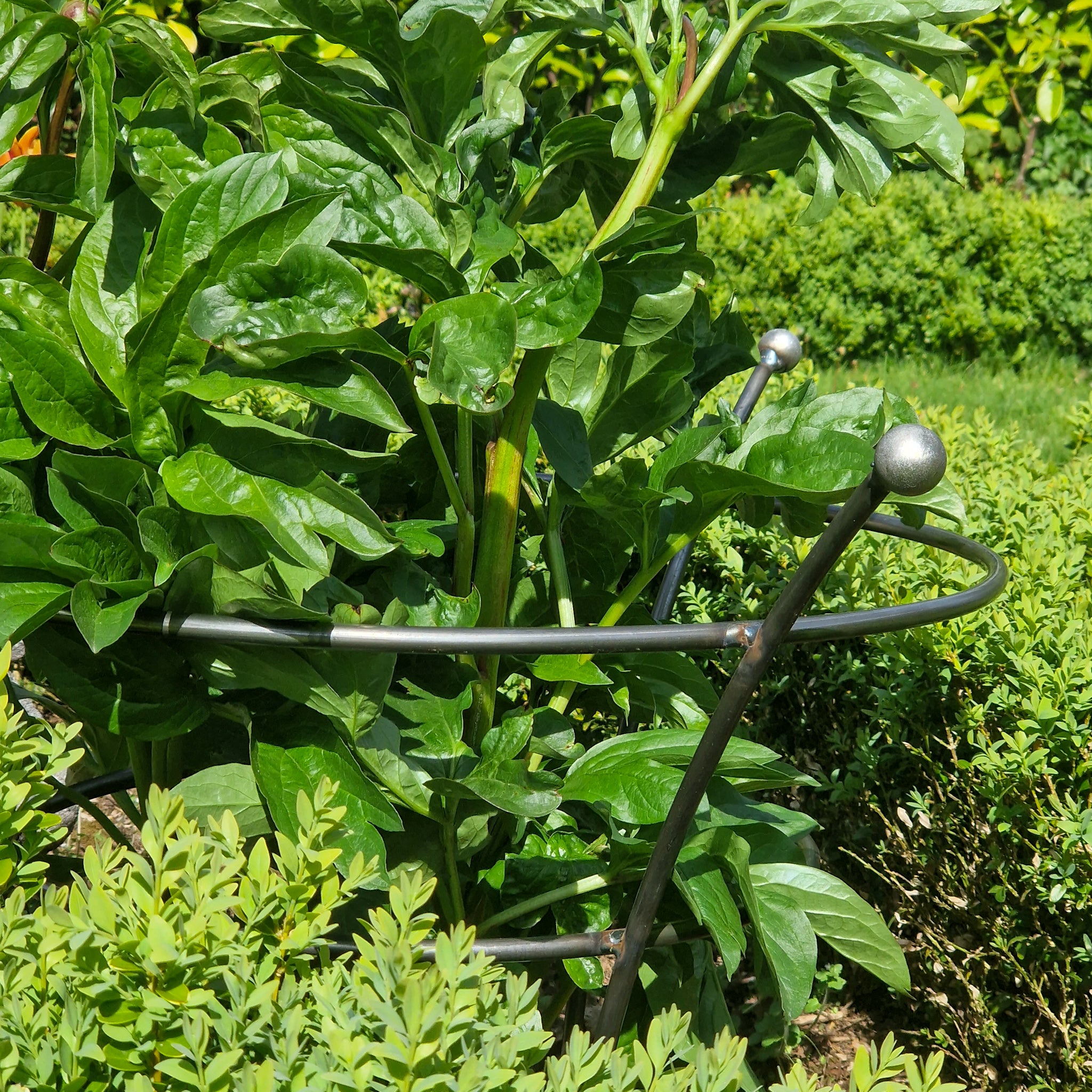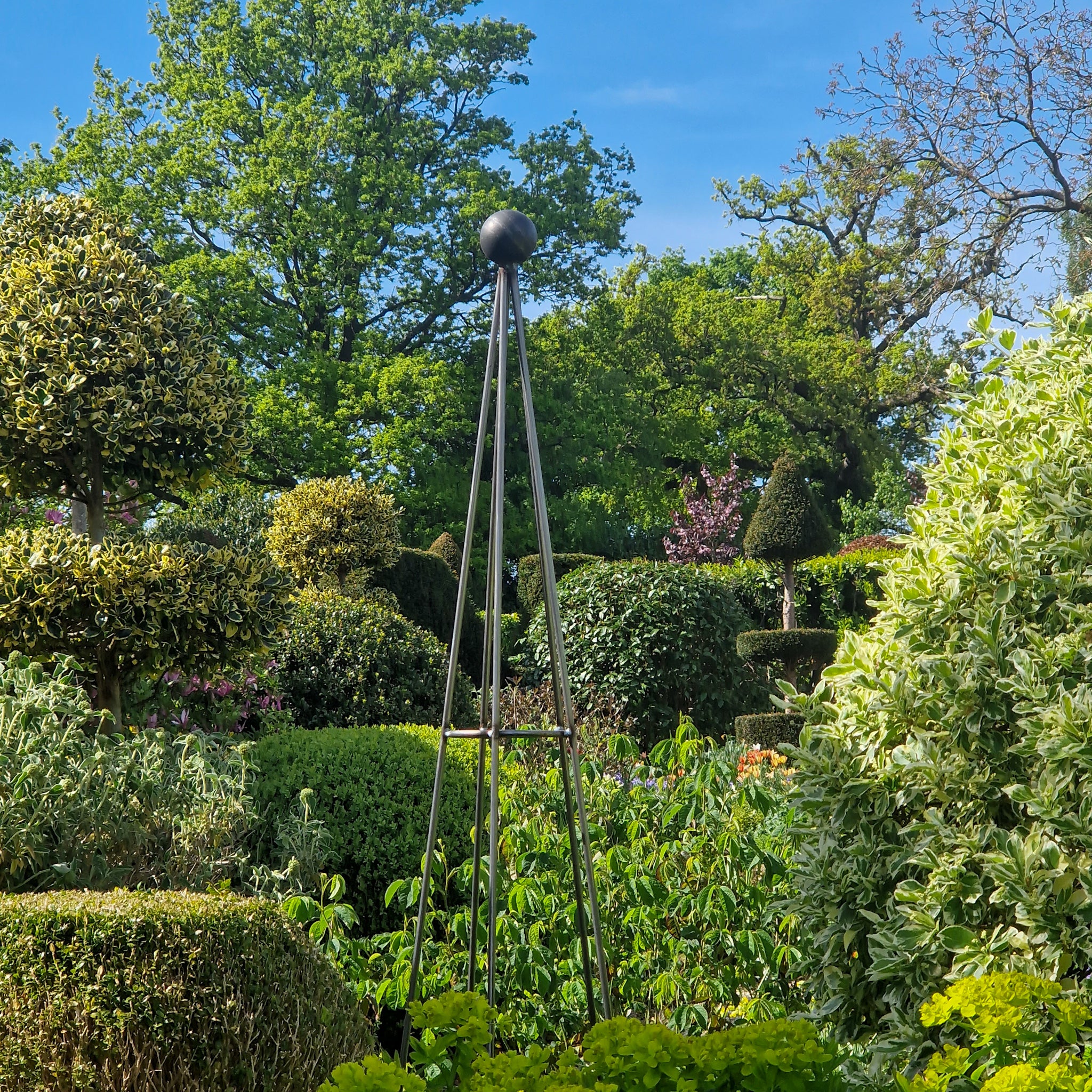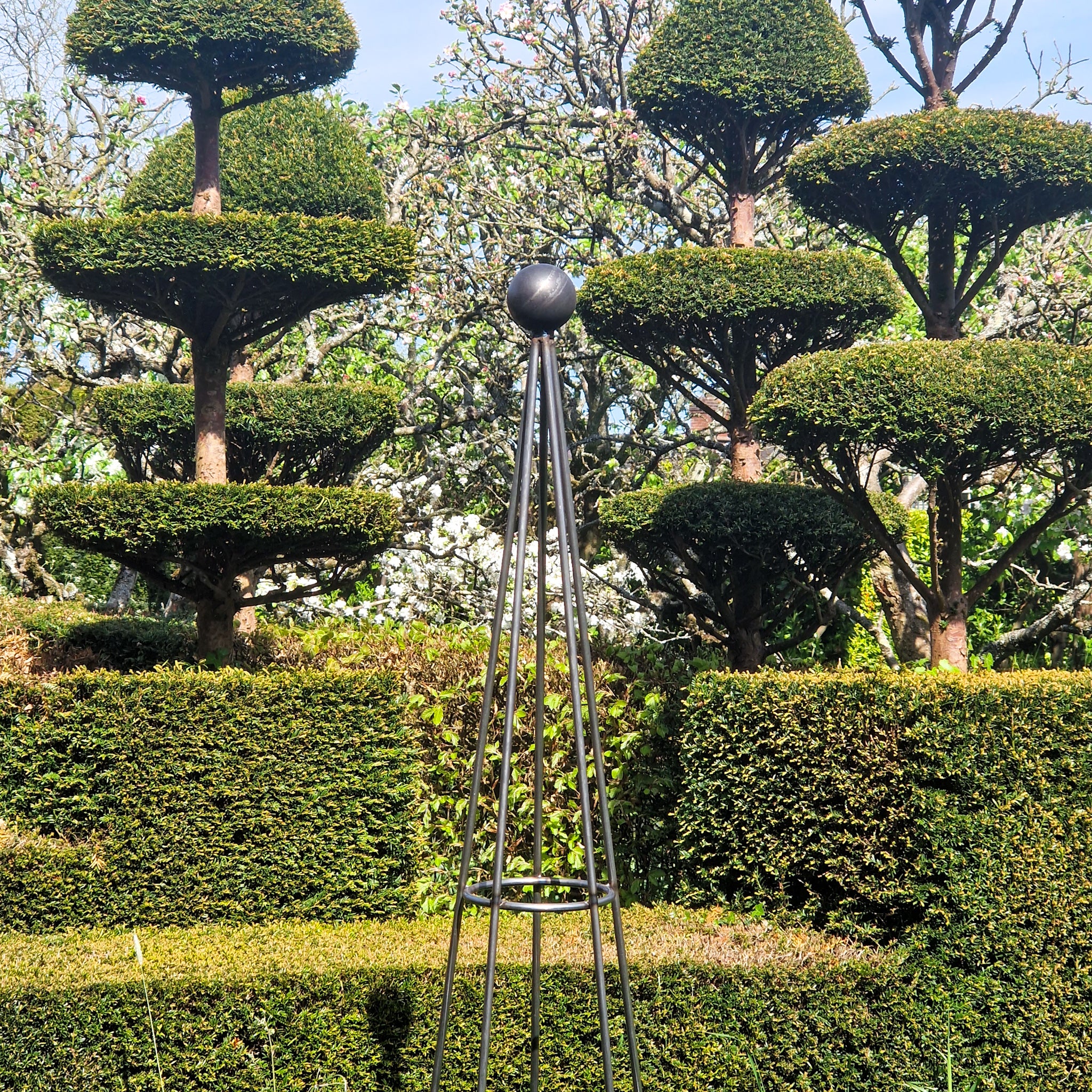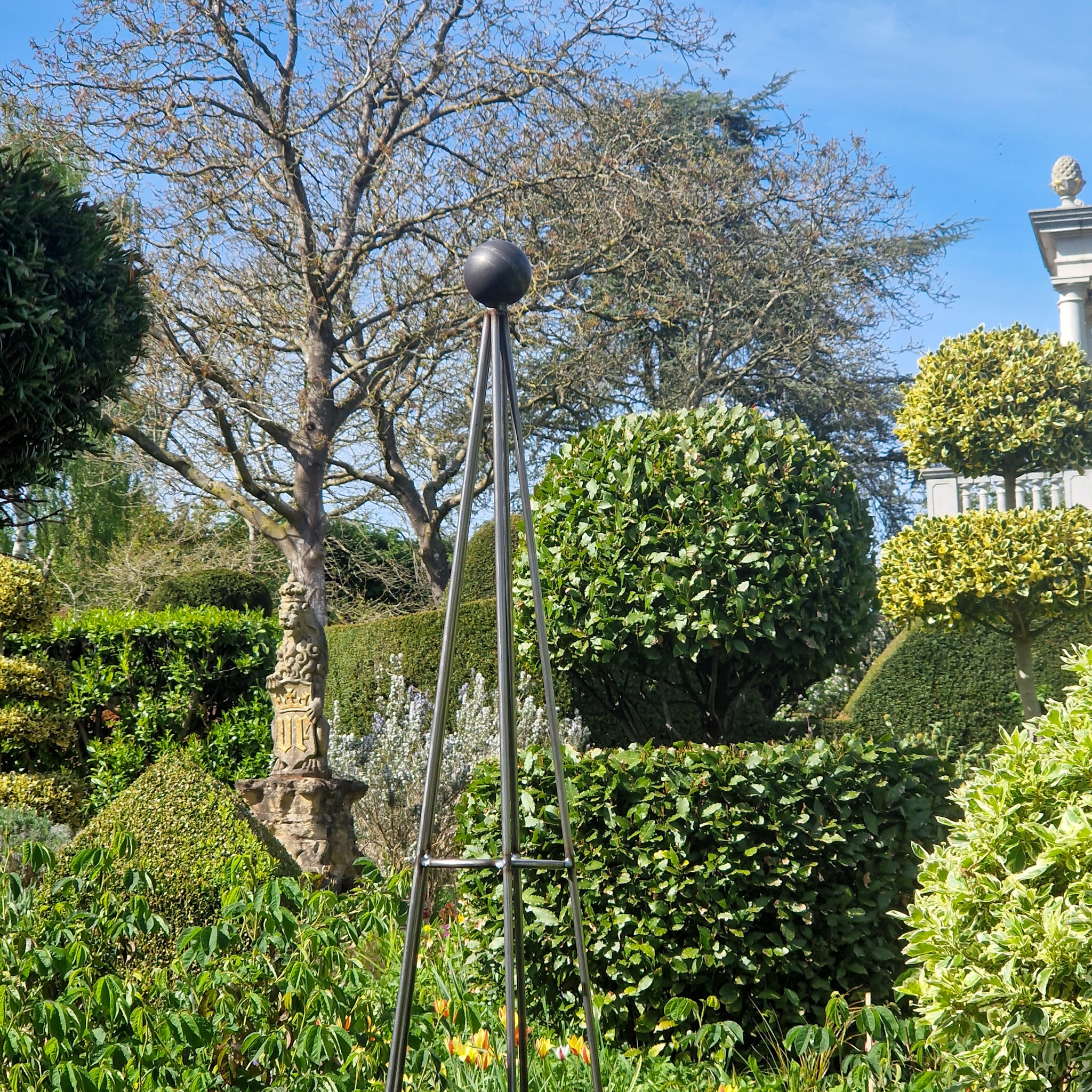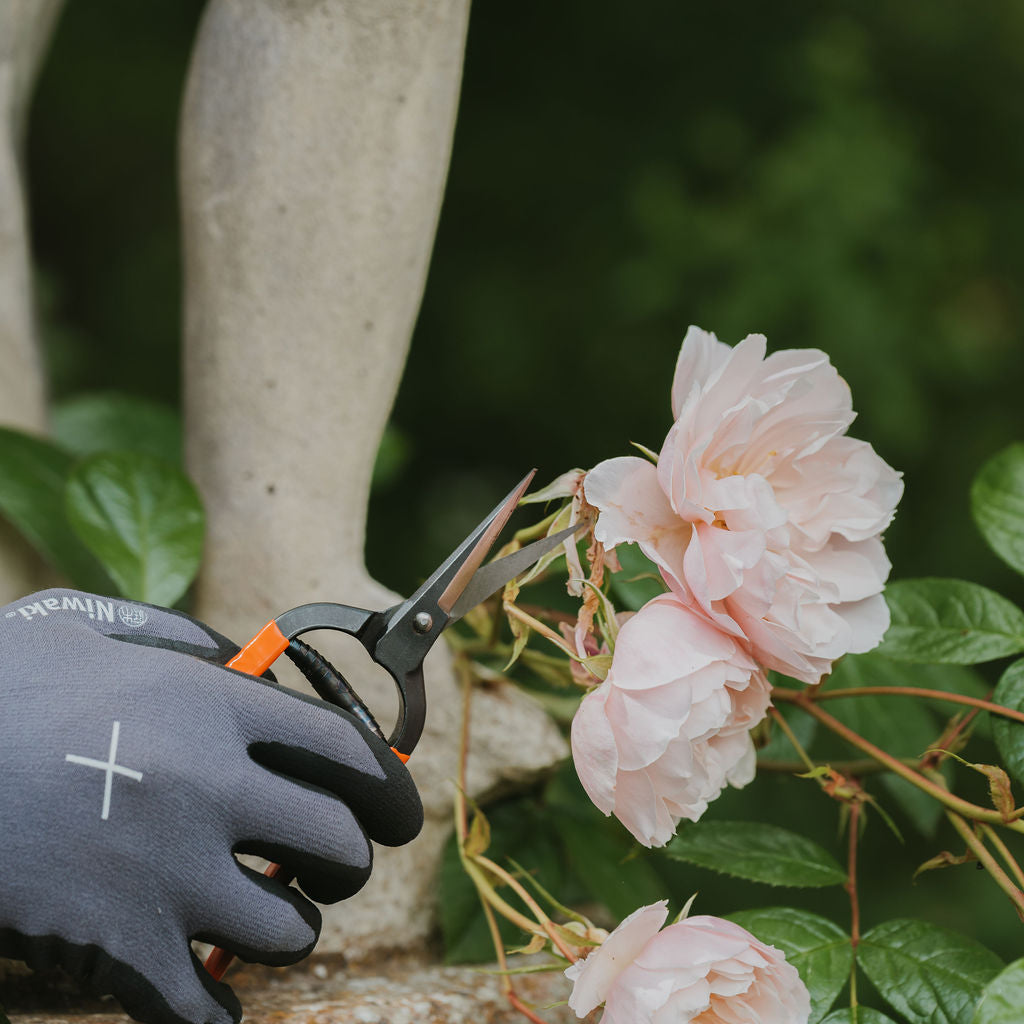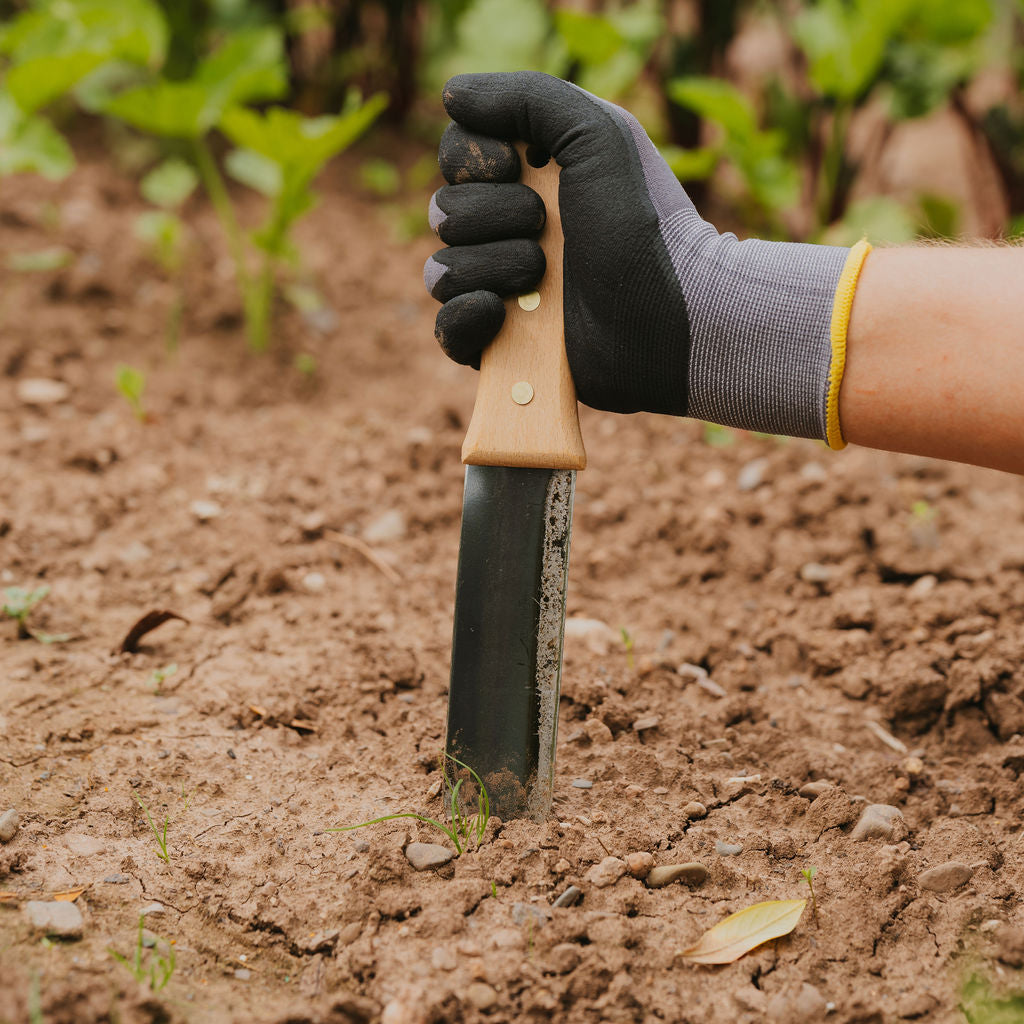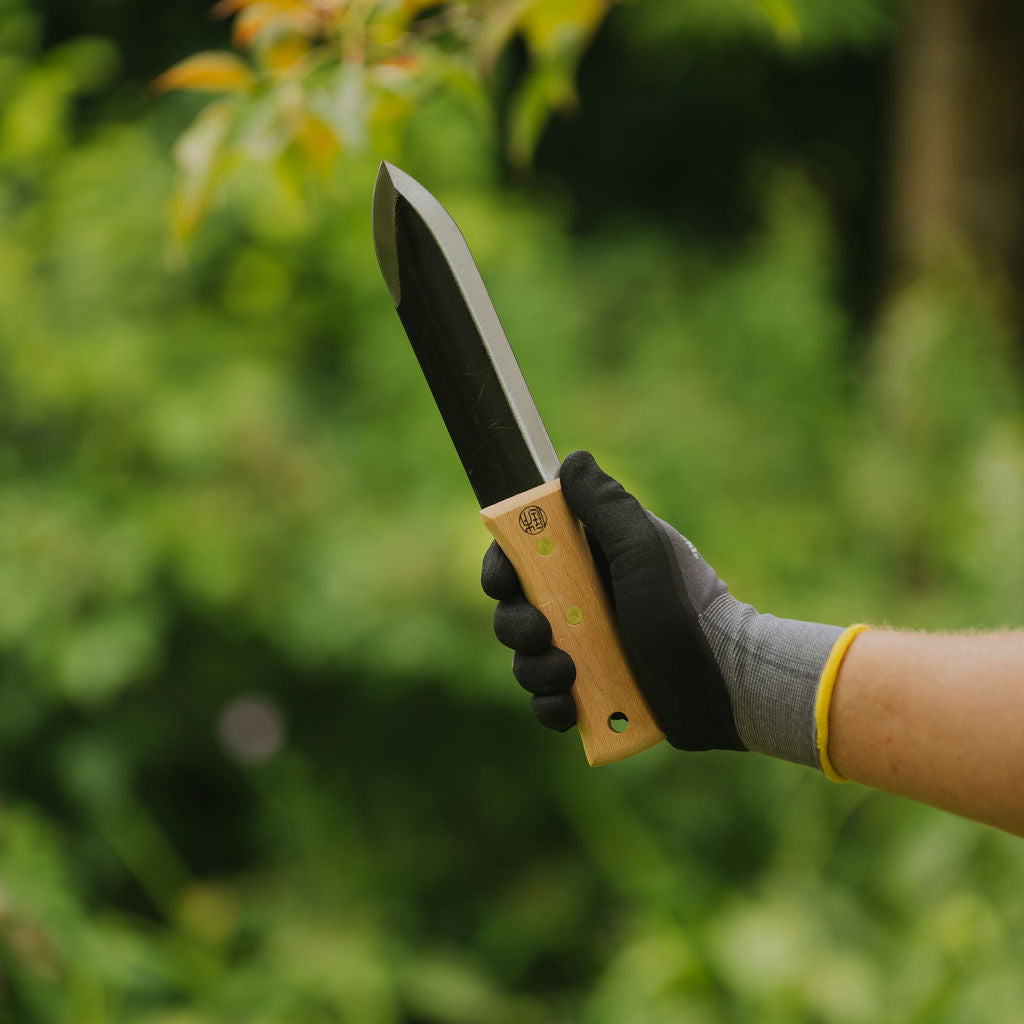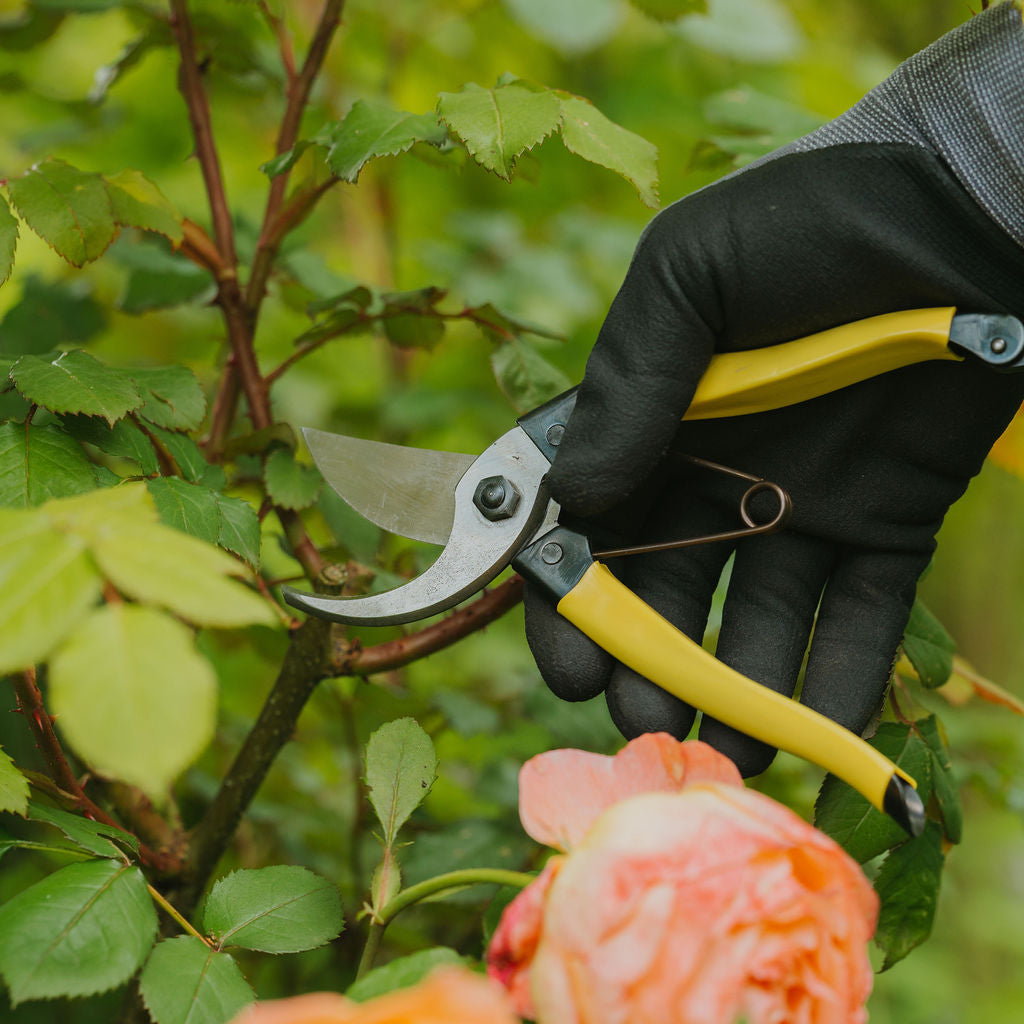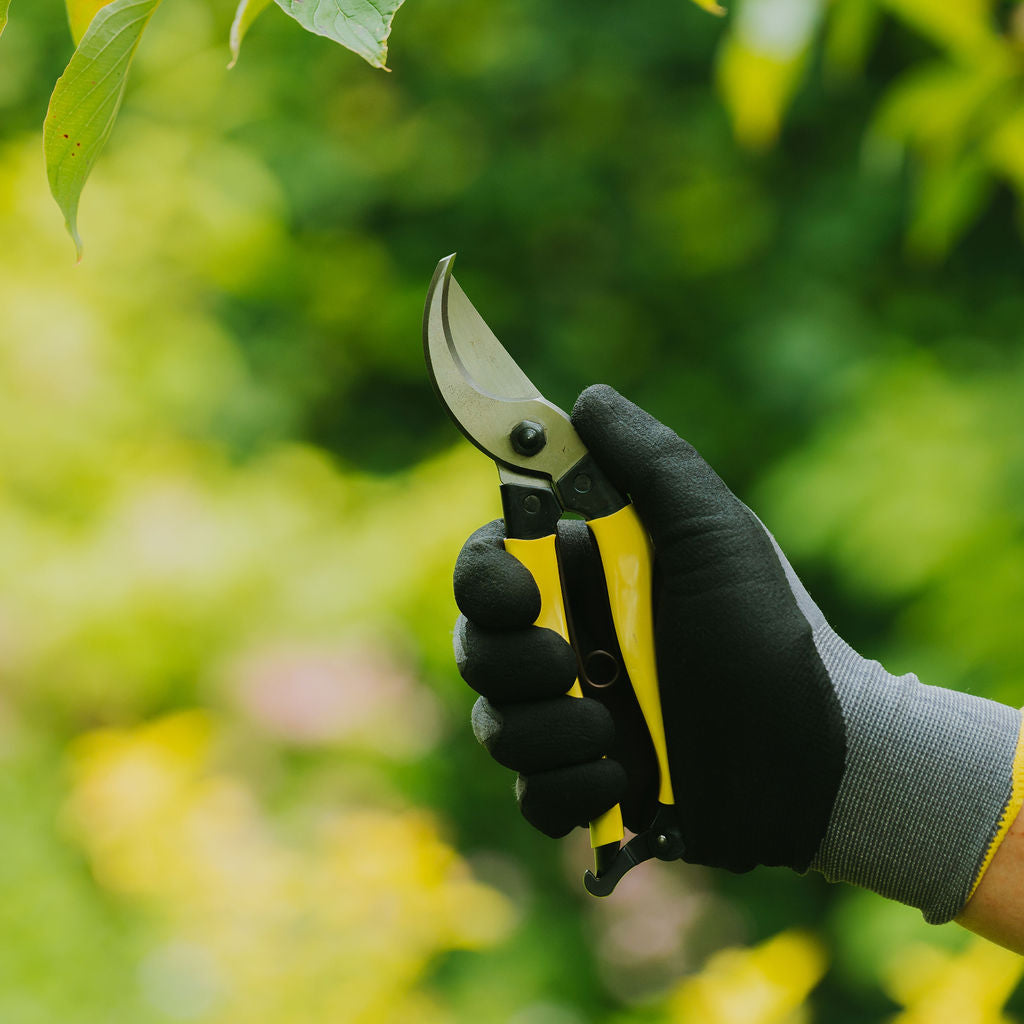Recently we made our annual pilgrimage up to Scotland. Like with every big trip, I always make it a mission to visit somewhere historical or horticultural... if I'm lucky, one with elements of both.

This time my special trip was to Glasgow's Victorian Botanical Gardens. Set around the thriving West End district of the city, with coffee shops and independent outlets galore, we filled up on almond croissants and flat whites (certainly not our normal routine in rural Herefordshire) and headed over.

History
It was in 1817 that Thomas Hopkirk, a distinguished Glasgow botanist, founded the Botanic Gardens with the support of a number of local figures and the University of Glasgow. The Gardens were originally laid out on an 8 acre site at Sandyford at the western end of Sauchiehall Street (at that time, on the edge of the city). The Royal Botanical Institution of Glasgow owned and ran the Gardens and agreed to provide the University of Glasgow with teaching aids, including a supply of plants for medical and botanical classes.

Stewart Murray, the first curator, laid out the grounds and Hopkirk donated three thousand plants as the nucleus of the collection. In 1821 William Jackson Hooker, one of the most eminent botanists in the world at the time, was appointed Professor of Botany at the University of Glasgow. During the twenty years the Gardens were under his guidance they went from strength to strength so that in 1825 the collections numbered 12,000! In 1841 Hooker was appointed Director of the Royal Botanic Gardens, Kew.

David Douglas who was born at Scone near Perth had taken up a post at Glasgow Botanic Gardens in 1820. Professor Hooker took a great liking to Douglas and the two men made a number of botanical trips together to the Scottish Highlands while Hooker was writing his book “Flora Scotica”. It was on Hooker’s recommendation that the Horticultural Society (not yet ‘Royal’) employed Douglas in 1823 as an explorer. From North America in 1826 he sent home seeds of Pseudotsuga menziesii – the Douglas Fir.

The Gardens flourished to such an extent that in 1839 a new site, to the west of the city on the banks of the River Kelvin, was purchased to house the rapidly expanding collections. In 1842 the new Gardens opened on their present site. Members of the Royal Botanic Institution of Glasgow had a right to free entrance with the public admitted only at weekends for a penny fee. Now you can visit with just the ask of a donation.

The Kibble Palace, the main feature of the gardens, is a 19th-century wrought iron-framed glasshouse, covering 2137 m2. Originally designed for John Kibble for his home at Coulport on Loch Long in the 1860s, the components were cast by Walter Macfarlane at his Saracen Foundry in Possilpark. It was moved to its present site in 1873, brought up the River Clyde by barge.

Stewart Murray, the first curator, laid out the grounds and Hopkirk donated three thousand plants as the nucleus of the collection. In 1821 William Jackson Hooker, one of the most eminent botanists in the world at the time, was appointed Professor of Botany at the University of Glasgow. During the twenty years the Gardens were under his guidance they went from strength to strength so that in 1825 the collections numbered 12,000! In 1841 Hooker was appointed Director of the Royal Botanic Gardens, Kew.

David Douglas who was born at Scone near Perth had taken up a post at Glasgow Botanic Gardens in 1820. Professor Hooker took a great liking to Douglas and the two men made a number of botanical trips together to the Scottish Highlands while Hooker was writing his book “Flora Scotica”. It was on Hooker’s recommendation that the Horticultural Society (not yet ‘Royal’) employed Douglas in 1823 as an explorer. From North America in 1826 he sent home seeds of Pseudotsuga menziesii – the Douglas Fir.

The Gardens flourished to such an extent that in 1839 a new site, to the west of the city on the banks of the River Kelvin, was purchased to house the rapidly expanding collections. In 1842 the new Gardens opened on their present site. Members of the Royal Botanic Institution of Glasgow had a right to free entrance with the public admitted only at weekends for a penny fee. Now you can visit with just the ask of a donation.

The Kibble Palace, the main feature of the gardens, is a 19th-century wrought iron-framed glasshouse, covering 2137 m2. Originally designed for John Kibble for his home at Coulport on Loch Long in the 1860s, the components were cast by Walter Macfarlane at his Saracen Foundry in Possilpark. It was moved to its present site in 1873, brought up the River Clyde by barge.

In 1891 the gardens were incorporated into the Parks and Gardens of the Glasgow Corporation however agreed that they should continue as a Botanic Garden and maintain links with the University.


In 2004 a £7 million restoration programme was initiated to repair corrosion of the ironwork. The restoration involved the complete dismantling of the palace, and the removal of the parts to Shepley Engineers in Shafton, South Yorkshire for specialised repair and conservation. The plant collection was removed completely for the first time ever, and the ironwork was rebuilt over a rearranged floorplan, giving the palace a prolonged life. It re-opened to the public in November 2006.


Amongst the plants there are also several highly regarded marble sculptures in Kibble Palace. 2 considered important within Scotland's wider public collections.


